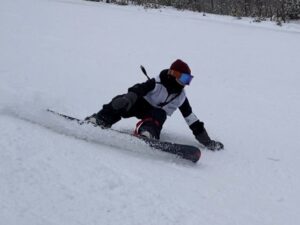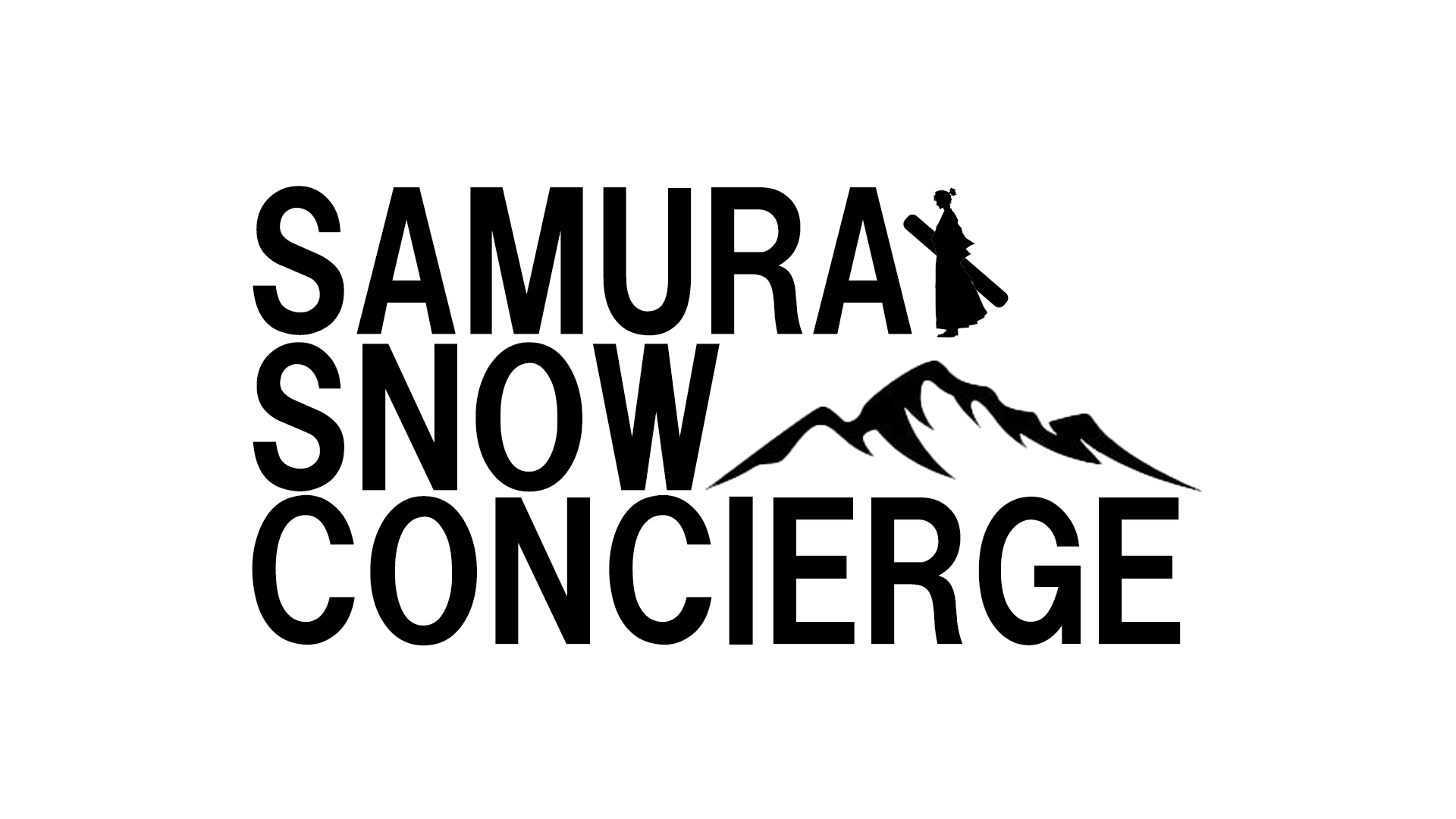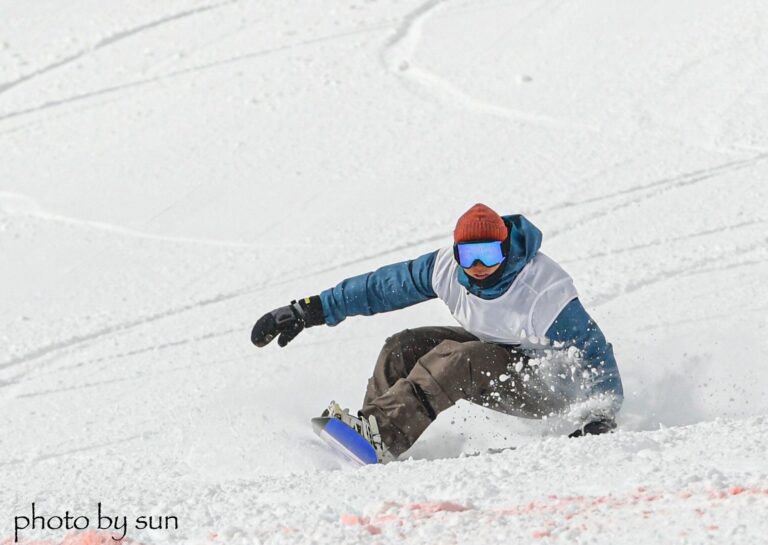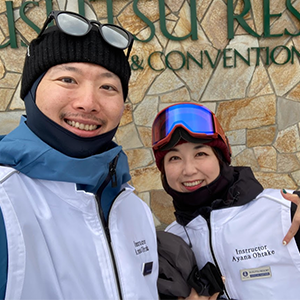Have you ever watched Japanese snowboarders effortlessly slicing down the slopes with clean, low, and stylish carves?
This style, often referred to as “Japanese Carving,” has gained global attention for its precision and aesthetic appeal. Whether you’re a beginner or an experienced rider, learning the Japanese carving style can take your snowboarding to the next level.
In this article, we’ll introduce the basics of carving, key techniques, and the unique traits of Japanese-style carving, along with practical tips to improve your edge control and flow on the slopes.
What is Carving in Snowboarding?
Carving refers to turning your snowboard using the edges, not by skidding. Unlike basic turns where the tail might slide out, carving keeps both edges engaged with the snow—creating deep, clean tracks.
Why is “Japanese Carving” Unique?
Japanese riders are known for:
- Deep edge angles
- Low body posture
- Smooth, flowing transitions
- Use of narrow waist boards with sharp sidecuts
- Emphasis on precision and rhythm
Often practiced on groomed slopes with hardpack snow, Japanese carving has become a discipline of its own, blending technical mastery with artistic motion.
Step-by-Step: How to Practice Japanese Carving

Start with the Right Gear
- Use a carving-specific board (stiff flex, narrow waist, directional shape)
- Choose stiff boots for better edge response
- Bindings with responsive highbacks help maintain control
Perfect Your Body Position
- Keep your knees bent and hips low
- Your shoulders should align with the board
- Lean slightly into the turn to engage the edge fully
Engage the Edges
- Begin your turn by tilting the board using your ankles and knees
- Focus on smooth edge pressure, not abrupt movements
- Let the board do the work—avoid twisting or forcing the turn
Use Your Core and Hips
- Japanese carving puts a strong emphasis on hip rotation and core engagement
- Think of your hips as guiding the board, not your shoulders
Control the Flow
- Carving is not about speed—it’s about control
- Practice wide, open turns first before tightening your radius
- Work on fluid transitions from toe edge to heel edge
Tips to Improve Your Carving
- Practice on early-morning groomed runs (hard snow = better feedback)
- Watch and analyze Japanese carving videos (e.g., KORUA Shapes Japan team, Carving Junkie)
- Record your riding to analyze posture and edge control
- Don’t rush—carving takes time and patience
Recommended Japanese Carving Boards
Here are some popular boards used by Japanese carving enthusiasts:
- Gray Desperado – aggressive edge hold, ideal for advanced riders
- Moss Performance Quad – directional shape, smooth transitions
- Ogasaka FC – popular all-round carving board in Japan
- Yonex Smooth – combines carbon tech with carving performance
Learn from the Source: Take a Japanese Carving Lesson
If you’re serious about mastering Japanese-style carving, there’s no better way than learning directly from Japanese instructors who have honed their technique on local slopes for years.
Professional Japanese carving coaches can provide:
- Detailed feedback on your posture and edge control
- In-depth understanding of flow, body mechanics, and rhythm
- Real-time demonstrations of carving at various speeds and styles
- Personalized drills to correct subtle mistakes
One of the best options for international riders is the Samurai Snow Concierge snowboarding school.
Based in Japan, they specialize in connecting non-Japanese riders with top-tier local instructors who can teach in English or with translation support. Whether you’re looking for a one-day intensive or a multi-day carving bootcamp, Samurai Snow Concierge can arrange customized lessons at major resorts like Rusutsu.
Why choose Samurai Snow Concierge?
- Access to certified Japanese carving instructors
- Lesson coordination with English-speaking staff
- Flexible plans to suit your travel schedule
- Deep knowledge of Japanese snowboarding culture
Conclusion
Mastering Japanese-style carving is about more than just technique—it’s about flow, precision, and connecting with the snow in a whole new way. With the right mindset, gear, and practice, you too can unlock the smooth, stylish turns that define this unique riding style.
Whether you ride in Japan or abroad, bringing a touch of Japanese carving into your riding will elevate your skills—and your enjoyment—on the slopes.
And if you want to master Japanese carving seriously, we recommend that you will take Samurai Snow Concierge carving lessons. If you have any questions about lessons or Japanese carving, please feel free to ask us!! We are waiting for your message^^






コメント